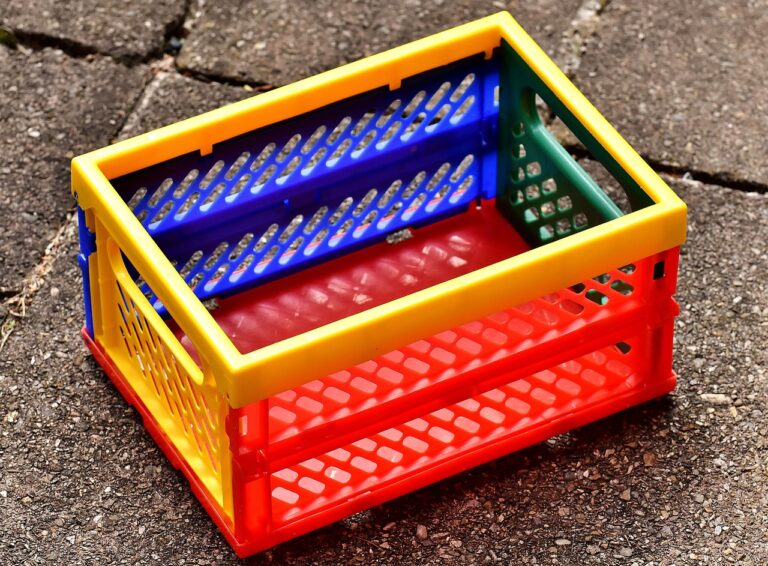The Role of Augmented Reality in Enhancing Shopping Experiences for Furniture
Over the years, furniture shopping has undergone a significant transformation, shifting from traditional brick-and-mortar stores to online platforms. Consumers now have the convenience of browsing through a vast array of furniture options from the comfort of their homes, making purchases with just a few clicks. This shift in the shopping experience has revolutionized the way people furnish their living spaces, offering more accessibility and variety than ever before.
Additionally, the advent of e-commerce has made it easier for consumers to compare prices, read reviews, and seek inspiration from interior design blogs and social media influencers. This wealth of information at their fingertips enables shoppers to make more informed decisions when selecting furniture pieces that best suit their preferences and needs. As technology continues to advance, the evolution of furniture shopping is expected to further enhance the overall shopping experience for consumers.
Benefits of Augmented Reality in Furniture Shopping
Augmented reality has revolutionized the way consumers shop for furniture, offering a more interactive and immersive experience. By leveraging AR technology, customers can visualize how a piece of furniture will look in their space before making a purchase, eliminating any uncertainty about style, size, or fit. This innovative tool enhances the shopping process, allowing individuals to experiment with different design options and configurations without the need to physically visit a store.
Moreover, the use of augmented reality in furniture shopping also reduces the likelihood of returns and buyer’s remorse. With the ability to preview products in real-time within their own homes, customers can make more informed decisions, leading to a higher satisfaction rate with their purchases. This not only benefits consumers but also contributes to a more efficient and cost-effective shopping experience for retailers, as they can anticipate fewer returns and exchanges.
Augmented reality allows customers to visualize furniture in their space before purchase
Eliminates uncertainty about style, size, and fit
Enhances the shopping process by allowing experimentation with different design options without visiting a store
Reduces likelihood of returns and buyer’s remorse
Customers can make more informed decisions leading to higher satisfaction rates
More efficient and cost-effective shopping experience for retailers with fewer returns and exchanges
Creating a Virtual Showroom Experience
With the advancement of technology, creating a virtual showroom experience has become a popular trend in the furniture industry. By utilizing virtual reality and augmented reality technologies, customers can now explore and interact with furniture pieces in a realistic and immersive way from the comfort of their own homes. This innovative approach allows shoppers to visualize how different items will look and fit in their living spaces before making a purchase.
Virtual showrooms offer a convenient and efficient way for customers to browse through a wide range of furniture options without the constraints of physical store locations. Through detailed 3D models and interactive features, shoppers can experience a sense of scale and perspective that traditional online shopping lacks. This personalized and engaging experience not only enhances the overall shopping experience but also helps customers make more informed decisions when selecting furniture for their homes.
How has furniture shopping evolved over time?
Furniture shopping has evolved from traditional brick-and-mortar stores to online platforms, and now to virtual showrooms that offer a more interactive and immersive shopping experience.
What are the benefits of using augmented reality in furniture shopping?
Augmented reality allows customers to visualize how furniture will look in their own space before making a purchase, leading to more confident buying decisions and reducing the likelihood of returns.
How can businesses create a virtual showroom experience for their customers?
Businesses can create a virtual showroom experience by utilizing 3D modeling technology, integrating augmented reality features into their websites or apps, and providing interactive tools for customers to customize and visualize furniture in real-time.







